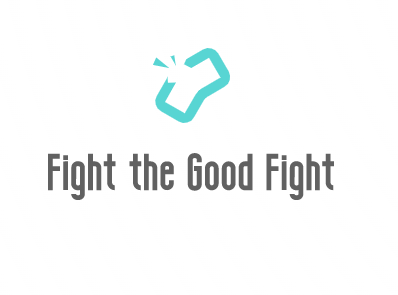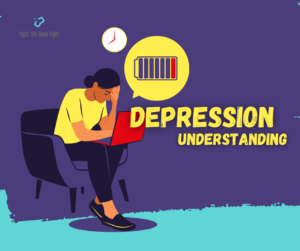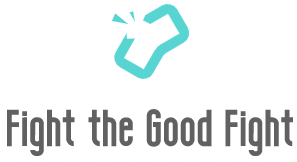Pornography addiction has become a hot topic in recent years, with more and more people becoming aware of the potential dangers of excessive porn consumption. While some people remain skeptical about the existence of porn addiction, there is a growing body of scientific research that suggests that it is a very real phenomenon. In this article, we will take a closer look at the science behind porn addiction, including its causes, symptoms, and potential treatments.
First and foremost, it is important to understand what we mean by “porn addiction.” In the world of psychology, addiction is defined as a compulsive behavior that leads to negative consequences. People who are addicted to drugs, alcohol, or gambling continue to engage in these behaviors despite the harm they cause to themselves or others. Porn addiction works in much the same way – people who are addicted to pornography feel compelled to consume it, even when it interferes with their relationships, work, or other aspects of their lives.
So, what causes porn addiction? There is no single answer to this question, as addiction is a complex phenomenon that can arise from a variety of factors. However, some research suggests that there are certain risk factors that may increase a person’s likelihood of developing a porn addiction. For example, people who suffer from depression, anxiety, or other mental health conditions may be more vulnerable to addiction, as may people who have experienced trauma or abuse in the past.
In addition to these individual risk factors, there are also environmental factors that can contribute to porn addiction. For example, the widespread availability of high-speed internet and smartphones has made pornography more accessible than ever before. This constant exposure to sexual content can make it difficult for people to resist the urge to consume more and more porn, leading to addictive behavior.
So, what are the symptoms of porn addiction? Like any addiction, porn addiction can manifest in a variety of ways. Some common signs of porn addiction include:
- Spending increasing amounts of time watching pornography, even to the point of neglecting other responsibilities or interests
- Feeling unable to control one’s use of pornography, despite attempts to cut back or quit
- Experiencing negative consequences as a result of porn use, such as relationship problems or poor performance at work
- Using pornography as a coping mechanism for stress or other negative emotions
- Experiencing withdrawal symptoms when unable to access pornography, such as anxiety or irritability
- If you or someone you know is experiencing these symptoms, it may be time to seek professional help. Fortunately, there are a variety of treatments available for porn addiction, including therapy, support groups, and medication.
Therapy is one of the most common treatments for porn addiction, and it can take many different forms. Some people may benefit from individual therapy, in which they work with a therapist to explore the underlying causes of their addiction and develop strategies for managing it. Others may find group therapy or support groups to be more effective, as these provide a sense of community and shared experience.
In some cases, medication may also be prescribed to help manage the symptoms of porn addiction. For example, antidepressant medications may be used to address underlying mood disorders that are contributing to addiction, while anti-anxiety medications may be used to help manage the withdrawal symptoms that can arise when quitting porn.
In conclusion, while some people remain skeptical about the existence of porn addiction, there is a growing body of scientific research that suggests that it is a very real phenomenon. Porn addiction can be caused by a variety of individual and environmental factors, and it can manifest in a variety of symptoms. However, with the right treatment, it is possible to overcome porn addiction and reclaim a healthy, fulfilling life. If you or someone you know is struggling with porn addiction, don’t hesitate to reach out for help – there are resources available to support you on your journey to recovery.



